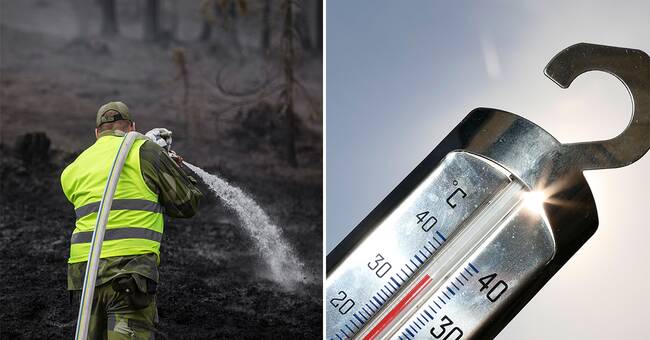Never before have such persistently high temperatures been measured in Sweden as between May and August 2018. High pressure dominated the weather and made sun worshipers and bathers happy, but also caused unhealthy temperatures and drought that led to water shortages and forest fires.
- This summer really stood out.
We have been looking at temperature measurements since the middle of the 18th century without finding anything similar, says Erik Kjellström, professor of climatology at SMHI.
Climate change is a contributing factor
He is one of the researchers behind a new study that compared the summer of 2018 with both weather observations and a large number of simulations in different climate models, to better understand how unusual the summer of 2018 was in a historical perspective.
The results show that it was very unusual, but that the probability of something similar happening has increased significantly since the end of the 19th century.
- We see that climate change is a major contributing factor to this, says Erik Kjellström.
- The more the global average temperature increases, the greater the risk of this type of heat waves.
The Swedish summer of 2018 is considered an extreme weather event, which can often have a major impact on society and the environment.
In recent years, research has become increasingly better at deriving the extent to which climate change has changed the conditions for the extreme weather events that occur each year, by combining information from both weather observations and different climate models.
"Need to have better control"
Earlier this year, international research teams using these methods determined that the risk of the high temperatures that led to the fires in Australia and the record heat in Siberia increased significantly due to climate change.
This is the first Swedish study to use the method, which is called "extreme event attribution" and applied it to weather conditions in Sweden.
- Extreme weather events can have very negative effects on society.
We need to have a better view of them to prepare for what may happen in the future, says Erik Kjellström.

